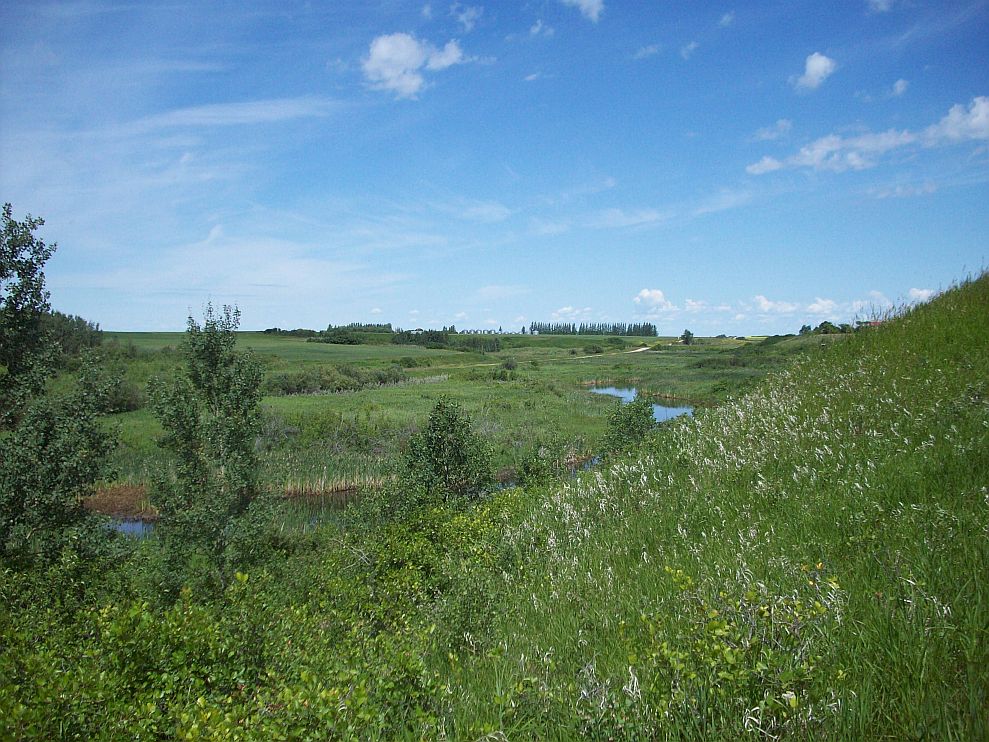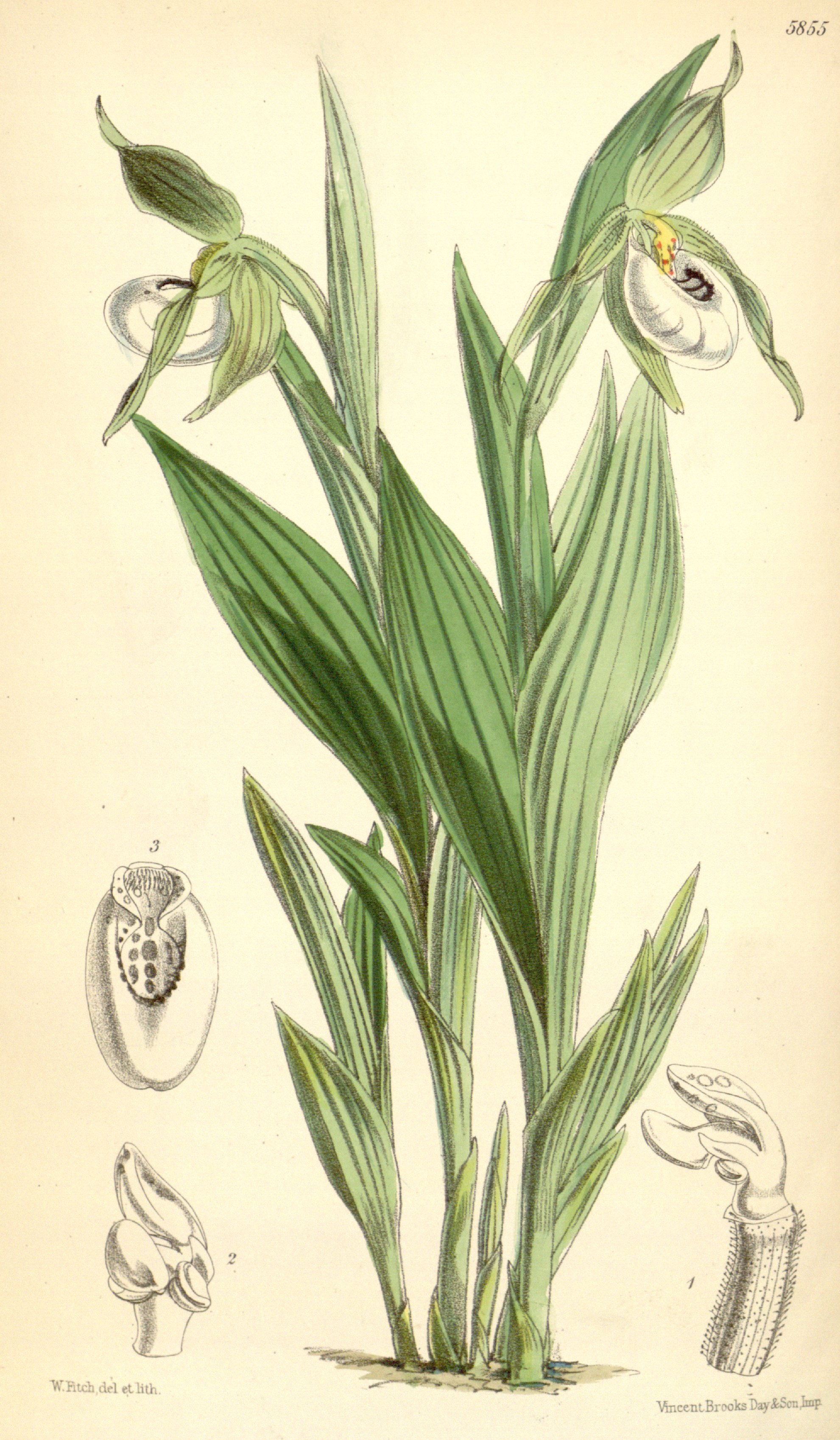|
Indian Head, Saskatchewan
Indian Head is a town in southeast Saskatchewan, Canada, east of Regina, Saskatchewan, Regina on the Trans-Canada Highway. It "had its beginnings in 1882 as the first settlers, mainly of Scottish origin, pushed into the area in advance of the railroad, most travelling by ox-cart from Brandon, Manitoba, Brandon." "Indian" refers to Indigenous peoples in Canada. The town is known for its federally operated experimental farm and tree nursery, which has produced and distributed seedlings for windbreak, shelter belts since 1901. For many years the program was run by the Prairie Farm Rehabilitation Administration (PFRA). Indian Head was incorporated as a town in 1902 and the ''Canadian Journal'' noted that the community was the largest point of initial shipment of wheat in the world. Today it is run by the Agroforestry Development Centre. Today the town "has a range of professional services and tradespeople, financial institutions, and a large number of retail establishments." The Ca ... [...More Info...] [...Related Items...] OR: [Wikipedia] [Google] [Baidu] |
Town
A town is a type of a human settlement, generally larger than a village but smaller than a city. The criteria for distinguishing a town vary globally, often depending on factors such as population size, economic character, administrative status, or historical significance. In some regions, towns are formally defined by legal charters or government designations, while in others, the term is used informally. Towns typically feature centralized services, infrastructure, and governance, such as municipal authorities, and serve as hubs for commerce, education, and cultural activities within their regions. The concept of a town varies culturally and legally. For example, in the United Kingdom, a town may historically derive its status from a market town designation or City status in the United Kingdom, royal charter, while in the United States, the term is often loosely applied to incorporated municipality, municipalities. In some countries, such as Australia and Canada, distinction ... [...More Info...] [...Related Items...] OR: [Wikipedia] [Google] [Baidu] |
Indigenous Peoples In Canada
Indigenous peoples in Canada (also known as Aboriginals) are the Indigenous peoples of the Americas, Indigenous peoples within the boundaries of Canada. They comprise the First Nations in Canada, First Nations, Inuit, and Métis#Métis people in Canada, Métis, representing roughly 5.0% of the total Population of Canada, Canadian population. There are over 600 recognized List of First Nations peoples in Canada, First Nations governments or Band government, bands with distinctive cultures, languages, art, and music. Old Crow Flats and Bluefish Caves are some of the earliest known sites of human habitation in Canada. The characteristics of Indigenous cultures in Canada prior to European colonization included permanent settlements, agriculture, civic and ceremonial architecture, complex Hierarchy, societal hierarchies, and Trade, trading networks. Métis nations of mixed ancestry originated in the mid-17th century when First Nations and Inuit people married Europeans, primarily the ... [...More Info...] [...Related Items...] OR: [Wikipedia] [Google] [Baidu] |
Humid Continental Climate
A humid continental climate is a climatic region defined by Russo-German climatologist Wladimir Köppen in 1900, typified by four distinct seasons and large seasonal temperature differences, with warm to hot (and often humid) summers, and cold (sometimes severely cold in the northern areas) and snowy winters. Precipitation is usually distributed throughout the year, but often these regions do have dry seasons. The definition of this climate in terms of temperature is as follows: the mean temperature of the coldest month must be below or depending on the isotherm, and there must be at least four months whose mean temperatures are at or above . In addition, the location in question must not be semi-arid or arid. The cooler ''Dfb'', ''Dwb'', and ''Dsb'' subtypes are also known as hemiboreal climates. Although amount of snowfall is not a factor used in defining the humid continental climate, snow during the winter in this type of climate is almost a guarantee, either intermitte ... [...More Info...] [...Related Items...] OR: [Wikipedia] [Google] [Baidu] |
Fishing Lakes
The Fishing Lakes, also called the Calling Lakes or the Qu'Appelle Lakes, are a chain of four lakes in the Qu'Appelle Valley cottage country about to the north-east of Regina in the Canadian province of Saskatchewan. The lakes are in a region called the Prairie Pothole Region of North America, which extends throughout three Canadian provinces and five U.S. states. It is also within Palliser's Triangle and the Great Plains ecoregion. The Fishing Lakes all follow the course of the Qu'Appelle River, which flows from the west to the east and is part of the Hudson Bay drainage basin. The lakes sit in the deep-cut Qu'Appelle Valley that was formed about 14,000 years ago during the last ice age. Meltwater from the glaciers carved out the valley and as water levels rose and fell, alluvium was left in the wake. These piles of alluvium are what created the separations between the lakes. The name ''Qu'Appelle'' is French for "Who's calling?" The name comes from First Nations people hea ... [...More Info...] [...Related Items...] OR: [Wikipedia] [Google] [Baidu] |
Qu'Appelle River
The Qu'Appelle River is a river in the Provinces and territories of Canada, Canadian provinces of Saskatchewan and Manitoba that flows east from Lake Diefenbaker in south-western Saskatchewan to join the Assiniboine River in Manitoba, just south of Shellmouth Reservoir, Lake of the Prairies, near the village of St. Lazare, Manitoba, St. Lazare. It is in a region called the Prairie Pothole Region of North America, which extends throughout three Canadian provinces and five U.S. states. It is also within Palliser's Triangle and the Great Plains ecoregion. With the construction of the Qu'Appelle River Dam and the Gardiner Dam upstream, water flow was significantly increased and regulated. Most of the Qu'Appelle's present flow is actually water diverted from the South Saskatchewan River. Upper and lower watersheds According to the Saskatchewan Water Security Agency, the Qu'Appelle Valley is made up of two watersheds with the dividing point being Craven Dam on the east side of C ... [...More Info...] [...Related Items...] OR: [Wikipedia] [Google] [Baidu] |
Canadian Prairies
The Canadian Prairies (usually referred to as simply the Prairies in Canada) is a region in Western Canada. It includes the Canadian portion of the Great Plains and the Prairie provinces, namely Alberta, Saskatchewan, and Manitoba. These provinces are partially covered by grasslands, plains, and Upland and lowland#Lowland, lowlands, mostly in the southern regions. The northernmost reaches of the Canadian Prairies are less dense in population, marked by forests and more variable topography. If the region is defined to include areas only covered by prairie land, the corresponding region is known as the Interior Plains. Physical or ecological aspects of the Canadian Prairies extend to northeastern British Columbia, but that area is not included in political use of the term. The prairies in Canada are a biome of Temperate grasslands, savannas, and shrublands, temperate grassland and shrubland within the prairie ecoregion of Canada that consists of Canadian Aspen Forests and Parkland ... [...More Info...] [...Related Items...] OR: [Wikipedia] [Google] [Baidu] |
Aspen
Aspen is a common name for certain tree species in the Populus sect. Populus, of the ''Populus'' (poplar) genus. Species These species are called aspens: * ''Populus adenopoda'' – Chinese aspen (China, south of ''P. tremula'') * ''Populus davidiana'' – Korean aspen (Eastern Asia) * ''Populus grandidentata'' – Bigtooth aspen (eastern North America, south of ''P. tremuloides'') * ''Populus sieboldii'' – Japanese aspen (Japan) * ''Populus tremula'' – Eurasian aspen (northern Europe and Asia) * ''Populus tremuloides'' – Quaking aspen or trembling aspen (northern and western North America) Habitat and longevity file:20130713Zitterpappel.ogv, The trembling of the leaves of the Populus tremula, trembling aspen Aspen trees are all native to cold regions with cool summers, in the north of the Northern Hemisphere, northern hemisphere, extending south at high-altitude areas such as mountains or high plains. They are all medium-sized deciduous trees reaching tall. In North Am ... [...More Info...] [...Related Items...] OR: [Wikipedia] [Google] [Baidu] |
University Of Saskatchewan
The University of Saskatchewan (U of S, or USask) is a Universities in Canada, Canadian public university, public research university, founded on March 19, 1907, and located on the east side of the South Saskatchewan River in Saskatoon, Saskatchewan, Canada. An "Act to establish and incorporate a University for the Province of Saskatchewan" was passed by the provincial legislature in 1907. It established the provincial university on March 19, 1907 "for the purpose of providing facilities for higher education in all its branches and enabling all persons without regard to race, creed or religion to take the fullest advantage". The University of Saskatchewan is the largest education institution in the Canadian province of Saskatchewan. The University of Saskatchewan is one of Canada's top research universities (based on the number of Canada Research Chairs) and is a member of the U15 Group of Canadian Research Universities (the 15 most research-intensive universities in Canada). The ... [...More Info...] [...Related Items...] OR: [Wikipedia] [Google] [Baidu] |
Flora Of Saskatchewan
The Indigenous (ecology), native flora of Saskatchewan includes vascular plants, plus additional species of other plants and plant-like organisms such as algae, lichens and other fungi, and mosses. Introduced species, Non-native species of plants are recorded as established outside of Plant cultivation, cultivation in Saskatchewan, of these some non-native species remain beneficial for gardening, and agriculture, where others have become invasive, noxious weeds. Saskatchewan is committed to protecting species at risk in Canada. The growing season has been studied and classified into Hardiness zone, plant hardiness zones depending on length of growing season and climatic conditions. Biogeographic factors have also been divided into vegetative zones, floristic kingdoms, hardiness zones and ecoregions across Saskatchewan, and natural vegetation varies depending on elevation, moisture, soil type landforms, and weather. The study of ethnobotany uncovers the interrelation between huma ... [...More Info...] [...Related Items...] OR: [Wikipedia] [Google] [Baidu] |
Little Mosque On The Prairie
''Little Mosque on the Prairie'' is a Canadian television sitcom created by Zarqa Nawaz and produced by WestWind Pictures, originally broadcast from 2007 to 2012 on CBC. Filmed in Toronto, Ontario, and Indian Head, Saskatchewan, the series was showcased at the Dawn Breakers International Film Festival. After the series finale aired in April 2012, Hulu announced it would begin offering the series under the name ''Little Mosque'' that summer. The series made its American premiere on Pivot in August 2013. Plot The series focuses on the Muslim community in the fictional prairie town of Mercy, Saskatchewan (population 14,000). The primary institutions of the community are the local mosque, presided over by imam Amaar Rashid and located in the rented parish hall of the town's Anglican church, and Fatima's Café, a downtown diner run by Fatima Dinssa. The community patriarchs are Yasir Hamoudi, a construction contractor who initially fronted the money to establish the mosque under t ... [...More Info...] [...Related Items...] OR: [Wikipedia] [Google] [Baidu] |
Canadian Broadcasting Corporation
The Canadian Broadcasting Corporation (), branded as CBC/Radio-Canada, is the Canadian Public broadcasting, public broadcaster for both radio and television. It is a Crown corporation that serves as the national public broadcaster, with its English-language and French-language service units known as CBC and Radio-Canada, respectively. Although some local stations in Canada predate its founding, the CBC is the oldest continually-existing broadcasting network in Canada. The CBC was established on November 2, 1936. The CBC operates four terrestrial radio networks: The English-language CBC Radio One and CBC Music, and the French-language Ici Radio-Canada Première and Ici Musique (international radio service Radio Canada International historically transmitted via shortwave radio, but since 2012 its content is only available as podcasts on its website). The CBC also operates two terrestrial television networks, the English-language CBC Television and the French-language Ici Radio-C ... [...More Info...] [...Related Items...] OR: [Wikipedia] [Google] [Baidu] |






